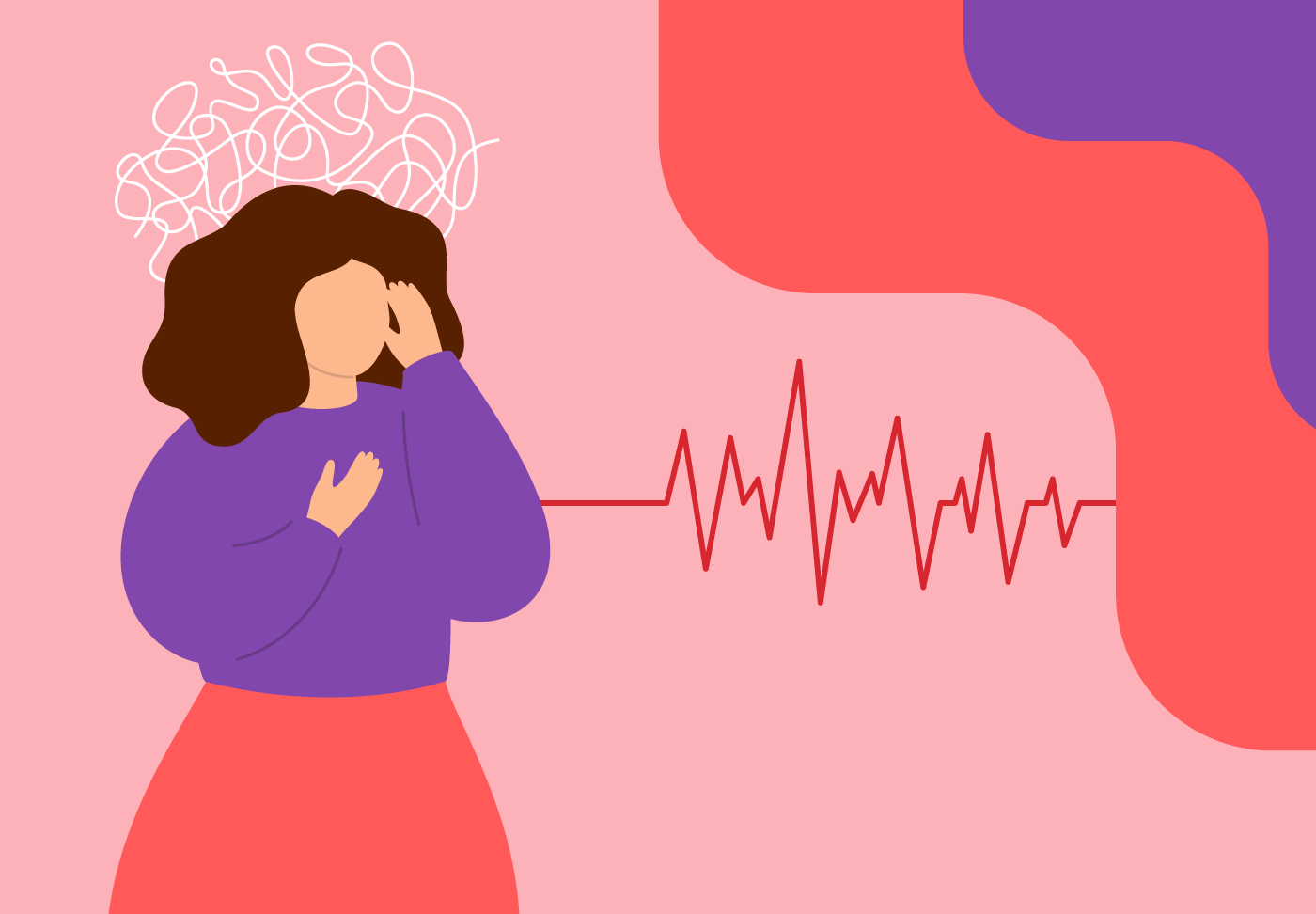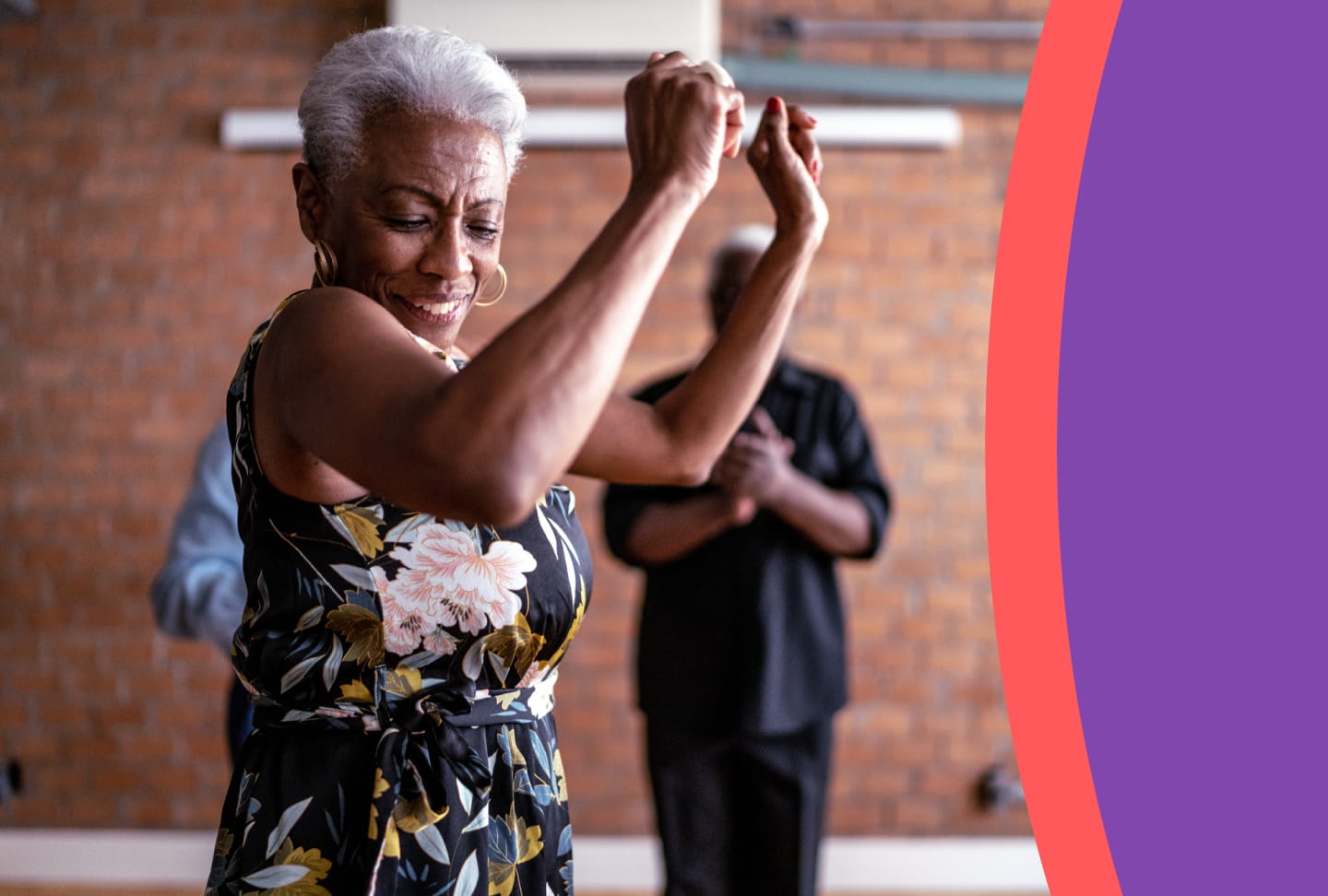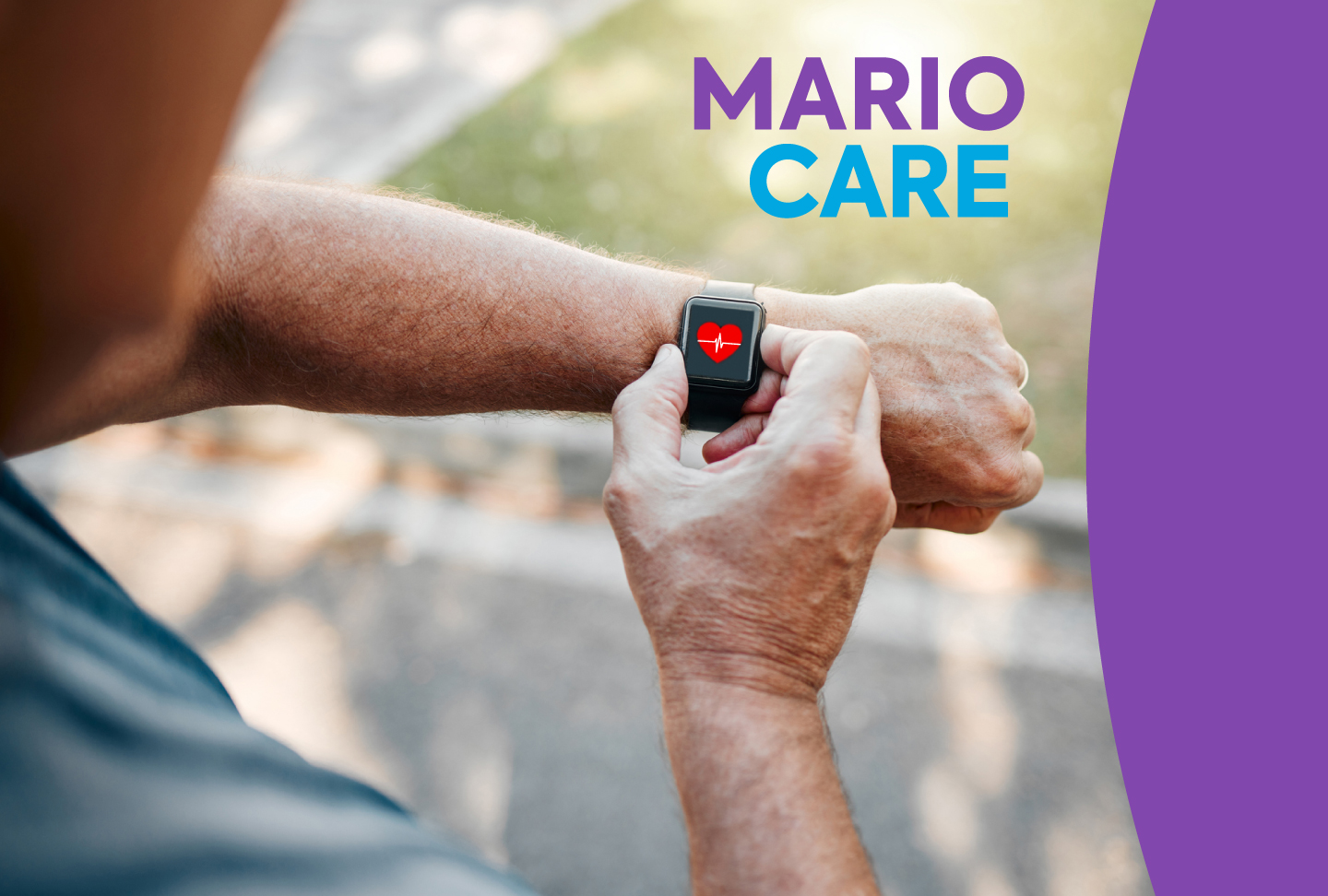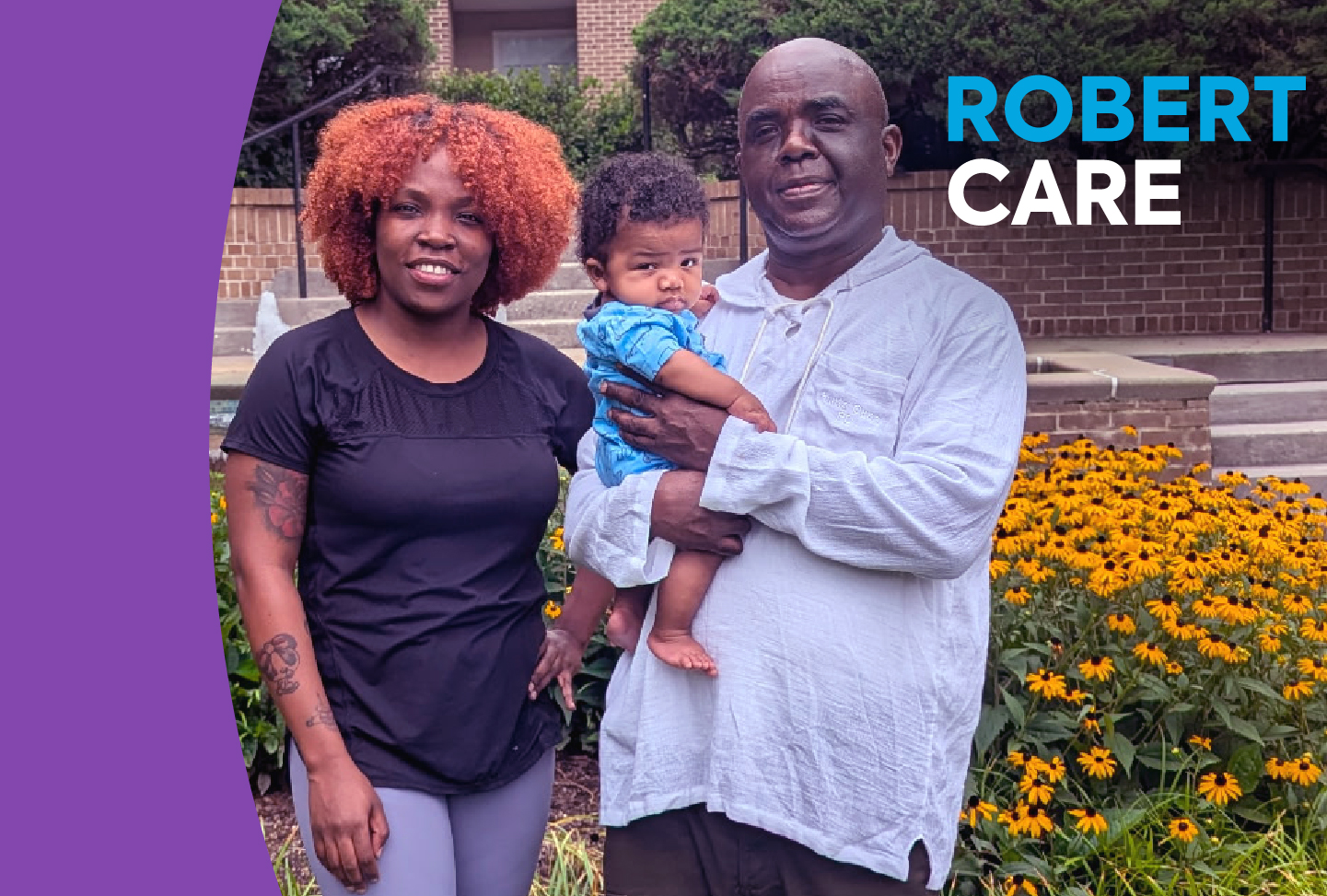Being proactive with his heart health proved lifesaving for Marion “Mario” Stokes—and paved the way for a minimally invasive artery replacement procedure that has given him renewed energy to do what he loves.
Catching a heart concern
Mario enjoyed a busy career as an attorney practicing commercial litigation. He also stayed active throughout his life, serving as a Navy Judge Advocate General Corps officer, becoming a certified scuba divemaster, and enjoying photography and studying history. When he noticed he was out of breath frequently—and his smart watch notified him of an irregular heartbeat—he discussed his symptoms with his primary care physician.
An electrocardiogram detected a leaky aortic valve, and after discussion with his care team at Wellstar Center for Cardiovascular Care, Mario decided to proceed with a transcatheter aortic valve replacement (TAVR).
Advanced, minimally invasive surgery
Aortic stenosis occurs when the aortic valve narrows, preventing normal flow of blood from the left ventricle, also known as the pumping chamber of the heart, to the aorta and the rest of the body. Over time, this narrowing causes the heart’s left ventricle to pump harder to push blood through the stenotic aortic valve.
“TAVR is an amazing technology offering a minimally invasive alternative to open-heart surgery,” said Wellstar Cardiologist Dr. Nabil Sabbak, who performed Mario’s procedure at Wellstar Kennestone Regional Medical Center. “The valve is delivered through a small catheter via a tiny incision in the groin, eliminating the need to open the chest or stop the heart. This approach is lower-risk for many patients and allows for a quicker recovery with less pain.”
Most patients are walking within hours of the procedure and leave the hospital within 24 hours, according to Dr. Sabbak. Many people return to daily activities within a week.
“I’m very sensitive to pain, but nothing ever hurt,” Mario said about his procedure.
‘It’s like a new heart’
Mario said his valve replacement has given him more energy than he had before, allowing him to enjoy his retirement and time with family. The improvement is evident in his regular walks around his neighborhood and exercise at Wellstar Health Place.
“There's a steep hill that's near our house. Before the procedure, I couldn't walk up the hill without stopping at least once or twice to pause and get my breath,” he said. “Now I can just walk right up—no problem. It's made a huge difference in my life."
He stays busy with his fiancée and their three-year-old granddaughter—taking her on trips to the zoo, botanical gardens and nature center—as well as visiting his two children in Las Vegas and Philadelphia.
“It's like a new heart. It's unbelievable really,” Mario said. “I slept twice as much before. Sometimes I'd sleep 10 or 12 hours a night and then maybe take a nap. I was really out of energy.”
He is also building strength at cardiac rehabilitation three times a week at Wellstar Vinings Health Park, as well as continuing treatment with his Wellstar heart care team.
“I have been super pleased with Wellstar,” Mario said. “The folks there are very professional, and they have a wonderful combination of intelligence, education and caring, from the receptionists to the nurses, physician assistants and doctors.”
Learn more about heart care at Wellstar.
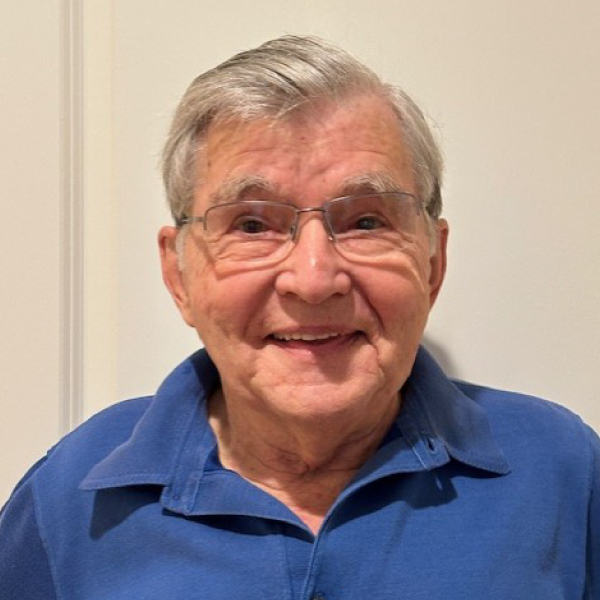
Mario Stokes

